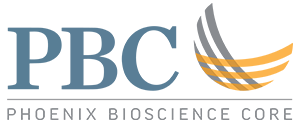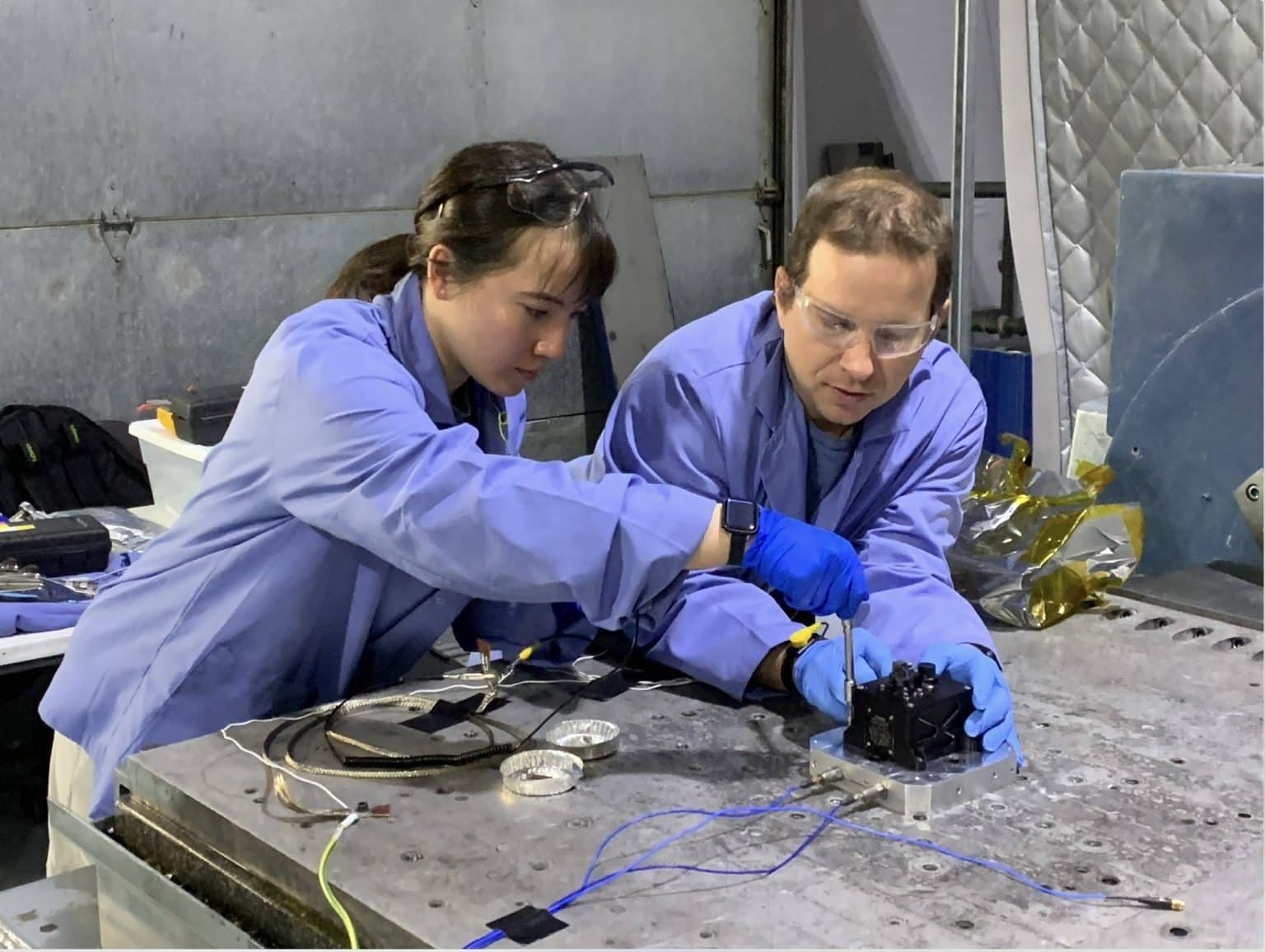Where does water come from?
On Earth, there’s a graphic for that—a colorful picture of the water cycle that includes clouds and rain and rivers and groundwater.
In space, it’s a bit more complicated.
Laura Lee, a Ph.D. student in the Department of Astronomy and Planetary Science, is doing research to map water in the Solar System. Her goal is to come closer to answering three critical questions: what other celestial bodies like asteroids have water, how water is transported and distributed through the Solar System and how water can be used and obtained in future missions.
Based on the strength of this research, Lee was selected for the National Science Foundation’s Graduate Research Fellowship Program (GRFP), a prestigious national program that provides funding for graduate students to conduct their own groundbreaking research. She is one of three NAU students to be selected for the GRFP in 2024; look for their profiles in The NAU Review at a later time.
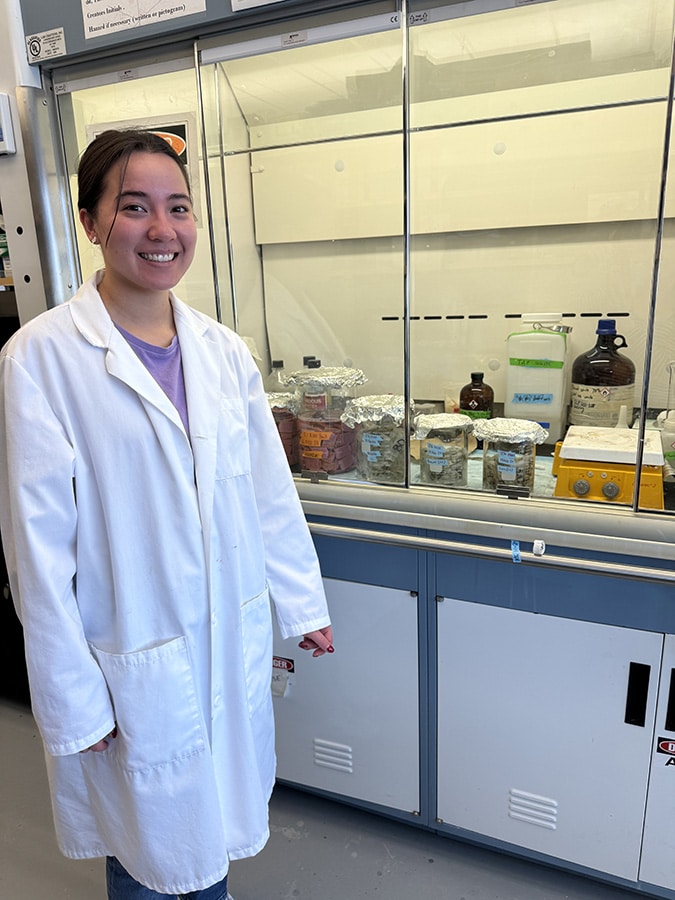
As a woman of color in a STEM field, she has experienced how minority inclusivity transforms educational opportunities—for her and for others in the lab, field and classroom. For Lee, innovation isn’t enough; she wants to make sure she’s opening doors for others as well.
“As an Asian woman in STEM and a daughter of an immigrant, I’ve learned the importance of education and taking every opportunity that is presented to me,” she said. “My focus now and in my future career is on creating accessible educational programs that inspire diverse perspective for innovation and infrastructure improvements in space exploration and contributing to the development of a diverse and competitive STEM workforce.”
Associate professor Christopher Edwards, who is Lee’s advisor and a co-investigator on many of the international projects on which her research is based, said since day one Lee has been a driver of new research and collaborative education at NAU.
“Her dedication to the project and follow-through, helping support a class and build a space instrument is really impressive,” Edwards said. “I can’t say enough good things about Laura’s collegiality, the breadth of her interests and dedication to figuring out very challenging and pressing problems in science.”
What to know about Lee’s research
She wants to find out where water in space is located and how it moves around in space. That project is happening through four different ways:
- Using the Lowell Discovery Telescope to lead work characterizing several asteroids for a future mission to the asteroid belt.
- Helping to develop VISIONS, a visible and infrared camera that can be used for a variety of planetary missions with the potential of identifying the presence of water on other celestial bodies.
- Joining efforts by Lunar Trailblazer in studying regions of interest for water on the Moon.
- Experimenting with fungi and crop growth in extraterrestrial-like soil to understand characteristics of water retention and the possibilities of extraterrestrial agriculture.
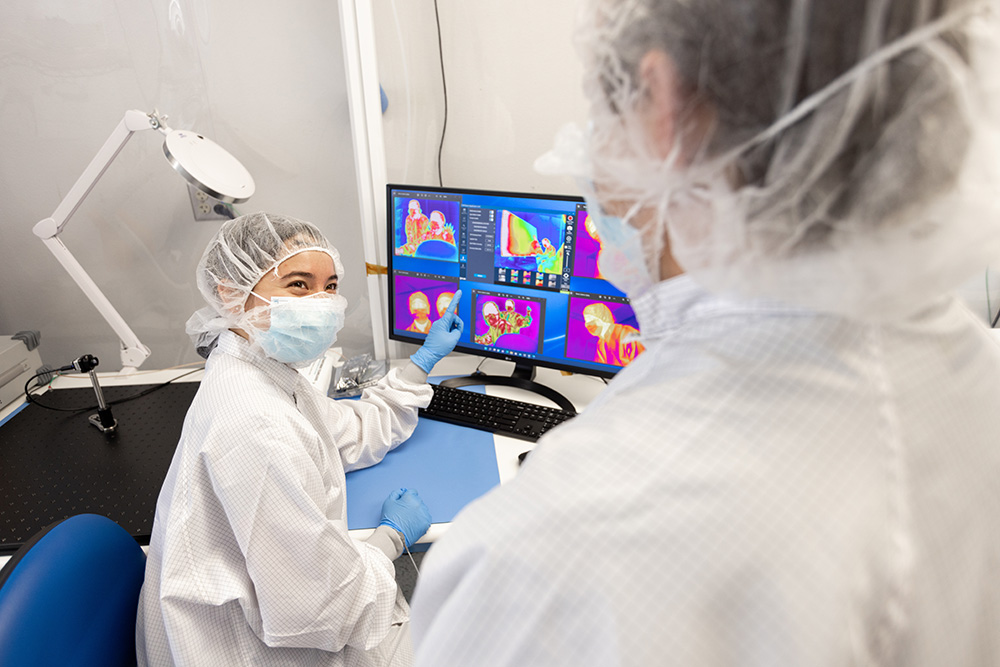
The work will require Lee to synthesize data from different sources, collaborate with researchers from various countries as well as those in Flagstaff and other student researchers, and putting a big picture together from many little bits of data. Her research will provide valuable insights into hydrated regions on the Moon and other celestial bodies and will inform future missions studying the Moon, asteroids and more. She’s helping to demystify the universe.
“Laura’s work will help us understand the context and distribution of water, a critically important molecule,” Edwards said. “The key contributions of this work to the overall scientific literature are how water is distributed across the solar system, where it is on the given body and then how we can better understand its potential as a resource.”
How to be successful—in writing grants and accomplishing your goals
Persevere. Lee finished her undergraduate degree at Embry-Riddle Aeronautical University (ERAU) in Spring 2020. She didn’t get to walk for graduation. She finished the semester at home. She couldn’t find a job in her field, so she started working as an arcade technician in a bowling alley. It’s not the STEM job most people think of, but Lee’s technical acumen and understanding of complex hardware and software expanded in that position, and it gave her truly hands-on experience. Then she got a night job as a physics lab assistant, preparing and maintaining equipment and overseeing a range of science labs.
Neither were her dream job, but they helped get her to the place she needed to be to prepare the kind of application for graduate school that gets noticed. And NAU noticed her. Edwards was so eager to bring Lee on board that he got her an email address and affiliate status months before she arrived so she could start work.
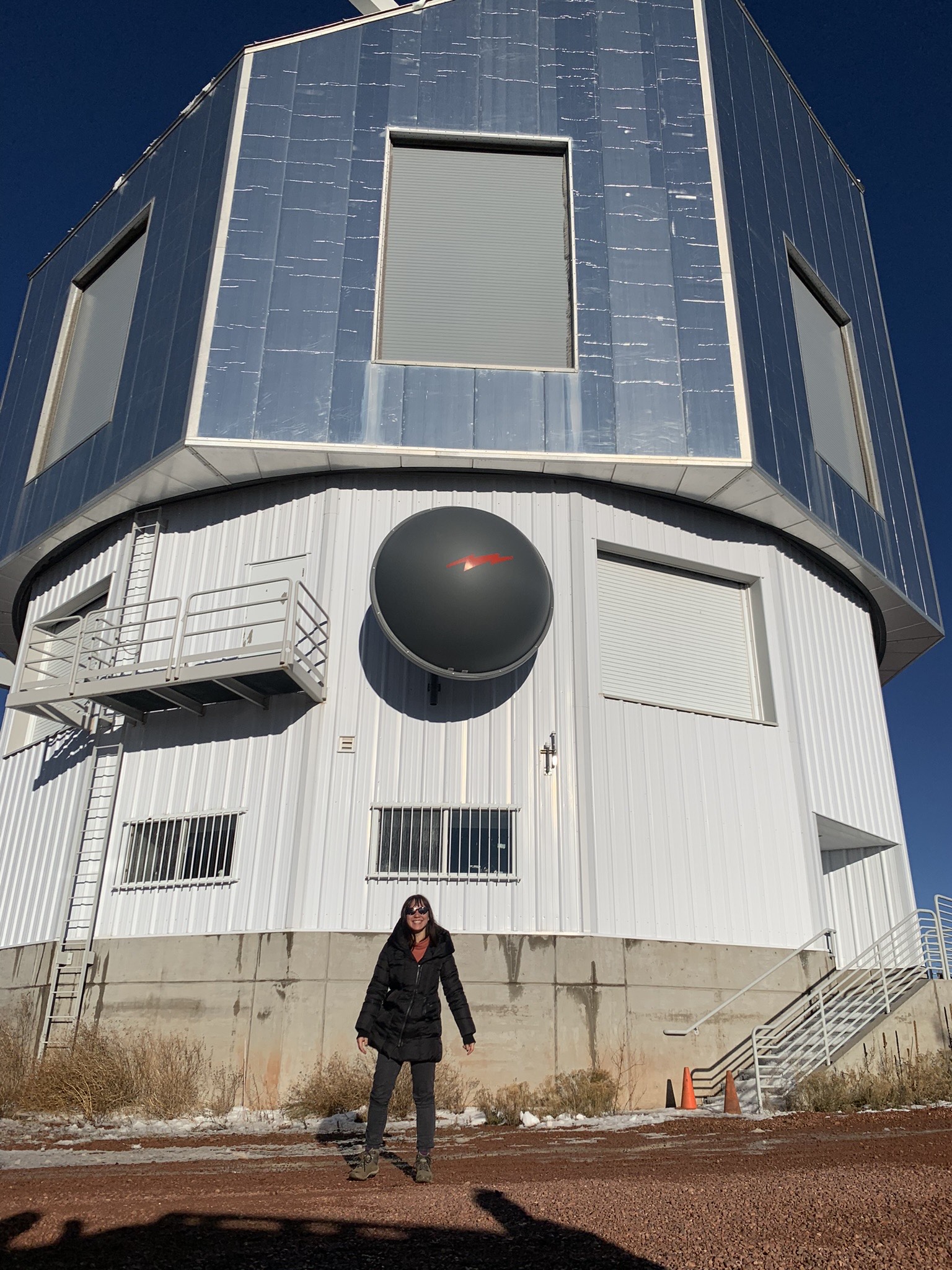
Find opportunities to lead and grow. In her undergrad, Lee learned how to do coding and data processing, she was a teacher’s assistant at ERAU’s observatory and she helped upgrade their meteor camera system. She interned in NASA’s educational programs at Space Center Houston, she co-authored a research paper and did community service, including Girls Rock-It Day, a STEM-based learning experience for middle school girls.
In grad school, her work has ranged from developing the VISIONS camera system, including working in a cleanroom and troubleshooting, she has presented at numerous conferences and spacecraft meetings, she mentored undergraduate students and will write lesson plans and do community outreach as that system starts sending data back to Earth. It all helped her to get to this point in her career and define where she wants to go from here.
Do your research. The Department of Astronomy and Planetary Science offers a Writing a Fellowship Proposal class. Class members reviewed successful applications, including reviewer feedback, from previous students, reviewed each other’s work, got advice from professors and wrote and revised their application. For the GRFP, the personal statement is almost as important as the research statement, so knowing best practices and having peer reviewers can make a good statement a great one.
